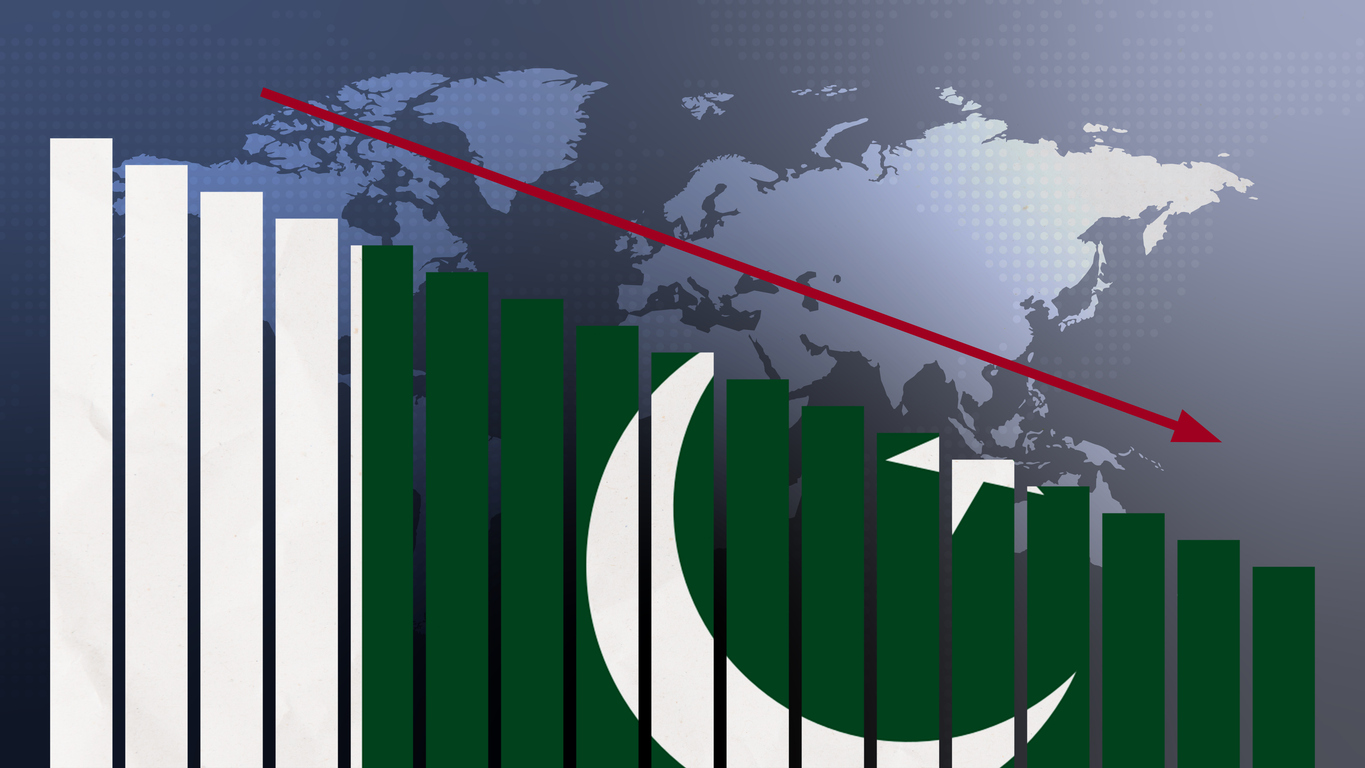
Over the past six months, Pakistan’s economic landscape has seen notable shifts, displaying resilience amidst challenging conditions. This period of macroeconomic stability and positive indicators speaks volumes about a renewed focus on governance, timely reforms, and an enduring ambition for self-reliance. While global economies navigate complex challenges, Pakistan’s story is one of a steady path to economic recovery, marked by substantial achievements and a strategic vision for growth. This trajectory showcases a collective commitment to stabilize and strengthen Pakistan’s economy, not just in theory, but in meaningful, measurable progress.
One of the most prominent signals of Pakistan’s economic recovery is the resilience of the Pakistan Stock Exchange (PSX). The KSE-100 index rose by 15% by October 2024, a clear reflection of investor confidence and robust earnings, particularly in sectors such as banking and technology. This isn’t merely a snapshot of stock activity but a symbol of the larger economic optimism taking root. The steadiness in PSX, amidst global market volatilities, can be credited to improved governance and regulatory clarity that has provided a more reliable foundation for business operations. These shifts are gradually building a renewed investment climate, enabling Pakistan’s stock market to become a reliable barometer of economic strength and resilience.
Pakistan’s trade balance, a long-standing challenge, has improved significantly in recent months. Exports surged by 10% in the quarter ending September 2024, with demand for textiles and agricultural products leading the way. This increase reflects more than just an economic upturn; it showcases a deliberate strategy to tap into competitive strengths and reduce trade dependency. Additionally, prudent measures by the government to limit non-essential imports have helped bring the trade deficit under control. This realignment of trade priorities signals a growing commitment to nurturing domestic industries, ultimately fostering resilience and empowering Pakistan’s economy to thrive independently.
Remittances, a vital source of foreign exchange, continue to support Pakistan’s economic standing, with monthly inflows totaling around $2.5 billion—a 7% year-on-year increase. These steady inflows have bolstered Pakistan’s foreign exchange reserves, which now stand at approximately $10.7 billion, offering a much-needed cushion against global economic pressures. The strength of these reserves not only helps stabilize the rupee but also reinforces economic confidence, helping to shield the economy from external shocks.
Pakistan’s commendable progress on inflation is also noteworthy. With inflation having been reined in from a high of 28% to 9%, driven by reductions in food and energy prices, consumers are experiencing real relief. The impact of this decrease goes beyond basic economics; it improves household purchasing power and lifts consumer confidence, crucial for driving the kind of demand that sustains economic growth. By effectively managing inflation, the government has not only provided relief but set the stage for a consumption-driven recovery, ensuring that gains in macroeconomic stability have real benefits for the people.
On the fiscal front, Pakistan has implemented critical reforms in tax collection, positioning the country for a more sustainable future. Improved tax revenue and budget deficit reduction efforts have received international recognition, with organizations such as the IMF revising growth forecasts upward, predicting a GDP growth rate of 3.2% for 2025. This positive outlook is driven by the recovery in agriculture and manufacturing—two of Pakistan’s economic pillars. By fostering domestic revenue over external dependency, Pakistan is building a fiscal foundation that reinforces its economic sovereignty and sets the stage for long-term growth.
Foreign investment in Pakistan, particularly in technology and renewable energy sectors, has also seen a promising uptick. This increase in foreign direct investment (FDI) is more than a capital influx; it signifies global confidence in Pakistan’s economic potential and brings with it the promise of new technologies and job creation. These investments are pivotal to achieving sustainable growth, especially as Pakistan capitalizes on its emerging market strengths.
The agricultural sector, too, has made significant strides, benefiting from favorable weather and advances in agricultural practices. This has led to increased productivity, boosting rural incomes and contributing to export growth. Agriculture remains a cornerstone of Pakistan’s economy, and with sustained support and modernization, it holds the potential to drive growth across rural and urban economies alike.
The China-Pakistan Economic Corridor (CPEC) continues to be an instrumental factor in Pakistan’s economic vision. Beyond infrastructure, CPEC is transforming Pakistan’s connectivity, positioning it as a key trade hub in the region. Projects spanning energy, transportation, and communication networks not only create jobs but lay the foundation for a thriving industrial sector. As CPEC matures, its impact on economic integration and industrial capacity becomes evident, underscoring its critical role in Pakistan’s long-term growth strategy.
Consumer confidence, a telling barometer of economic sentiment, has been on the rise, signaling a public outlook that is increasingly optimistic. Surveys reflect households anticipating better economic conditions, with an appetite for spending and investing. This sentiment translates directly into economic activity, reinforcing the growth cycles that benefit both businesses and the broader economy. The business community echoes this optimism, with firms across sectors planning expansions and exploring new opportunities, reflecting the vibrancy of Pakistan’s economic landscape.
Tourism, an often-underestimated sector, is also experiencing a revival, drawing both foreign and domestic visitors. With this influx, local economies are benefiting, job creation is rising, and Pakistan’s scenic and historical sites are gaining global attention. This tourism renaissance is a testament to Pakistan’s potential as a destination and a catalyst for broad economic growth.
Collectively, these economic indicators reveal a larger narrative of resilience, progress, and long-term potential. Pakistan’s journey over the past six months highlights an economy that is not only rebounding but evolving, driven by reforms, strategic investments, and a commitment to economic stability. The achievements in trade, investment, fiscal policy, and consumer confidence underscore a critical phase in Pakistan’s economic revival.
As Pakistan moves forward, the stage is set for a future that values stability, growth, and self-sufficiency. This period of positive development paves the way for a prosperous chapter, where Pakistan’s economy can act as a stabilizing force in the region, inspiring confidence and optimism for what lies ahead.
